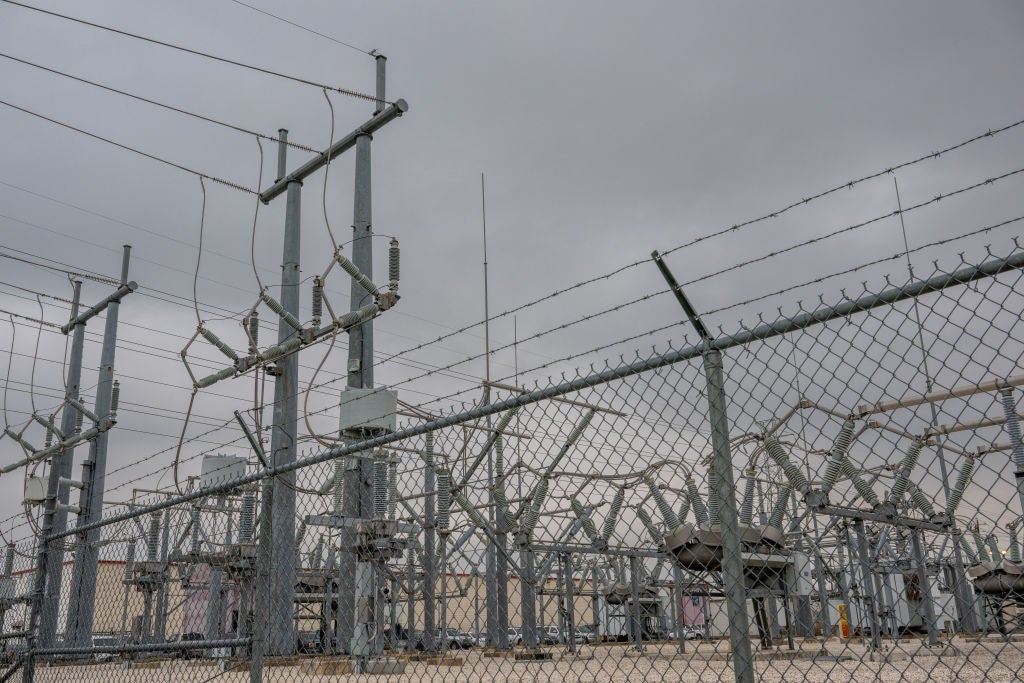
The US power grid has an interconnection problem. Ineffective and outdated policies are preventing distributed energy resources like utility solar plants and energy storage systems from safely and reliably connecting to the power grid in many states.
State interconnection rules dictate how quickly projects are reviewed and approved for operation on the grid. Without transparent and expedited review processes, states are faced with backlogs that leave pending projects languishing in clogged interconnection queues, and delays that can last for years.
More than 10,260 projects comprising 2TW of generating capacity and storage were actively seeking interconnection in the US at the start of 2023, according to a recent report from the US Department of Energy’s Lawrence Berkeley National Laboratory.
Entering an interconnection queue is only one of many steps during the development process of a new renewable energy asset, and most of the interconnection requests are ultimately cancelled and withdrawn. However, the size of the queue indicates both how rapidly the US energy transition is now accelerating – and how severe interconnection bottlenecks are becoming.
The 2TW figure is nearly three-times greater than the 700GW of projects that were seeking interconnection at the start of 2022. The combined 1.35TW of generating capacity and 680GW of storage in queues at the seven US regional electric grids also exceeds the 1.26TW installed capacity of the US power plant fleet.
Keep up with Energy Monitor: Subscribe to our weekly newsletterA new joint analysis from the Interstate Renewable Energy Council (IREC) and renewables non-profit Vote Solar has graded interconnection policies in the country’s 50 states, as well as in Washington, DC and Puerto Rico. Criteria analysed include cost, efficiency, transparency and the technologies eligible for interconnection.
Of the 39 states and territories that have statewide interconnection procedures, only one state, New Mexico, received an 'A' for its interconnection rules. Six states (Arizona, California, the District of Columbia, Illinois, Michigan and New York) received a 'B'. The remaining 32 states received a 'C' grade or lower. A total of 13 states have not adopted statewide interconnection rules, and automatically received 'F' grades.
Read more from this author: Nick FerrisAs a grade 'A' state, New Mexico has adopted “a majority of the interconnection best practices”, which should streamline review processes, reduce costs and provide greater transparency for applicants and utilities. These best practices include updated standards and export provisions, streamlined review processes, specified timelines for review and other processes, and data sharing and reporting.
“The interconnection grades make clear that a majority of states have significant room for improvement in their interconnection procedures,” said IREC president and CEO Larry Sherwood in a press statement. “Without improvements to align with new best practices that have emerged over the last several years, state interconnection policies are likely to be a barrier […] holding back the pace at which clean energy and climate goals can be met.”
Separate analysis from the American Council on Renewable Energy (ACORE) gives some indication of the economic opportunity that is being lost as thousands of US renewable energy projects remain stuck in grid interconnection queues across the country.
The new report looks at the Pennsylvania-New Jersey-Maryland (PJM) Interconnection, the largest electricity market in the US. It finds that if renewable projects were being brought online at the pace PJM was approving projects in the past (between 2011 and 2016), 34GW of new renewable power could reach commercial operation in the region over the next four years, which would enable nearly 200,000 job-years and approximately $33bn in capital investment.
“Tens of billions of dollars and thousands of good-paying jobs are being left on the table because of broken interconnection and transmission planning processes,” said ACORE president and CEO Gregory Wetstone in a press statement. “The current grid backlog is unprecedented. With common sense reforms, grid planners and operators could ease the logjam in our nation’s interconnection queues, accelerating the renewable transition and delivering meaningful economic and health benefits to states across America.”



